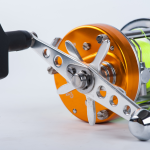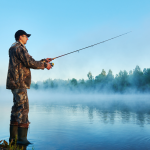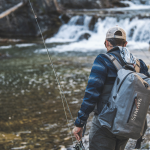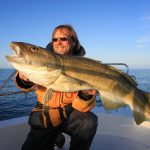Are you an experienced angler seeking a fresh challenge? Or maybe just a fishing enthusiast looking for a heart-pumping experience? Either way, you will want to read on about the exhilarating world of inshore fishing.
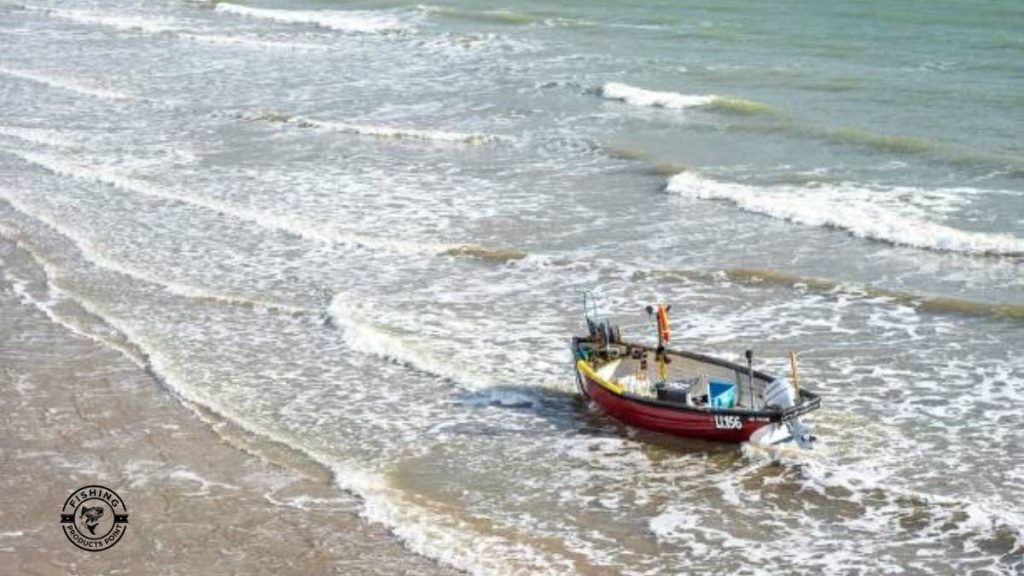
This remarkable activity offers an unparalleled opportunity to connect with nature’s abundance. It will leave behind lifelong, irreplaceable memories.
From chasing after the elusive redfish to battling a feisty snook, this blog post has everything you need to know to tackle this exciting form of fishing. So gather your fishing equipment and prepare to be hooked on the exhilarating world of inshore fishing!
What is Inshore Fishing?
This type of fishing encompasses the practice of fishing in the shallow waters near the shore. Generally, it takes place within a short distance from the coastline. This type of fishing primarily focuses on capturing various fish species that dwell in the nearby regions, including bays, estuaries, flats, marshes, and mangroves.
Inshore Fishing Techniques
Anglers use a variety of strategies to increase their success when inshore fishing. One popular technique is sight fishing, where anglers search for fish visually and cast their bait or lure accordingly. This technique requires patience, sharp eyes, and the ability to spot fish in clear or shallow waters.
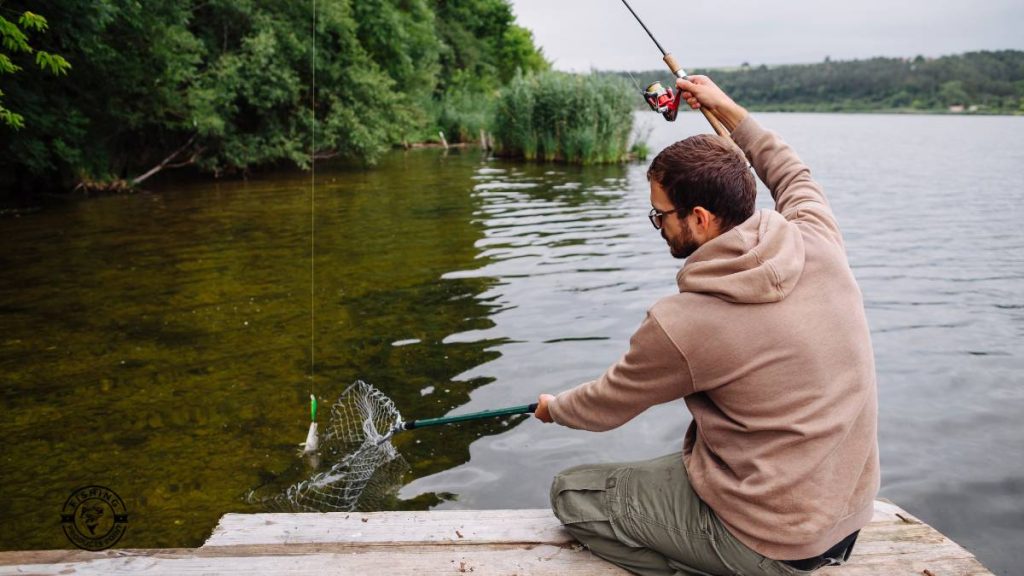
Another technique commonly used in this type of fishing is drift fishing. Anglers drift along with the current while casting their lines. It will allow the bait to move naturally with the water flow. This technique can be effective in covering a larger area and enticing fish to bite.
Necessary Equipment for Inshore Fishing
To engage in successful inshore fishing, anglers need to equip themselves with the right gear and equipment. Some essential items include:
a) Rods and Reels
Medium to light spinning or baitcasting rods and reels are commonly used in coastal fishing, providing the necessary strength and sensitivity.
b) Fishing Line
Anglers typically use monofilament or braided fishing lines, depending on the target species and fishing conditions.
c) Tackle and Baits
Various artificial lures, such as soft plastics, top water plugs, and jigs, are effective in attracting fish. Natural baits, such as live shrimp or baitfish, are also popular choices.
The specific gear required may vary based on factors such as the targeted species, fishing technique, and personal preferences.
Inshore Fishing vs Offshore Fishing
While inshore fishing takes place in shallow coastal waters, offshore fishing involves venturing into deeper waters farther from the shore. The difference between the two is as follows:
1. Target Species
Inshore or coastal fishing focuses on species that inhabit shallow waters. While offshore fishing targets larger pelagic species such as sailfish, marlin, and tuna.
2. Distance from Shore
Inshore fishing occurs a few miles or less from the shore. While offshore fishing requires traveling several miles offshore.
3. Boat Size and Equipment
Offshore fishing often requires larger boats and specialized equipment capable of handling the challenges of deep-sea fishing.
Both inland and offshore fishing provide distinctive experiences. Choosing between the two is a matter of preferences and fishing goals.

How to go Inshore Fishing?
To engage in this style of fishing, it is essential to possess the appropriate gear. Additionally, you may need a fishing license depending on your location.
Conducting thorough research on the specific fish species, you intend to catch and identifying the optimal locations for their presence holds significant importance. In addition, be aware of any regulations or restrictions in the area you intend to fish in. Consider hiring a guide or experienced angler to show you the ropes and increase your chances of success.
Conclusion
Inshore fishing is a captivating and thrilling experience for anglers of all levels of expertise. It allows enthusiasts to explore the breathtaking wonders of coastal waters.
Keep in mind that engaging in inshore fishing requires the mastery of both an art and a skill, which can only be attained through dedicated time and persistent practice. So be patient, stay consistent, and enjoy delight in the sensation of being on the sea.

